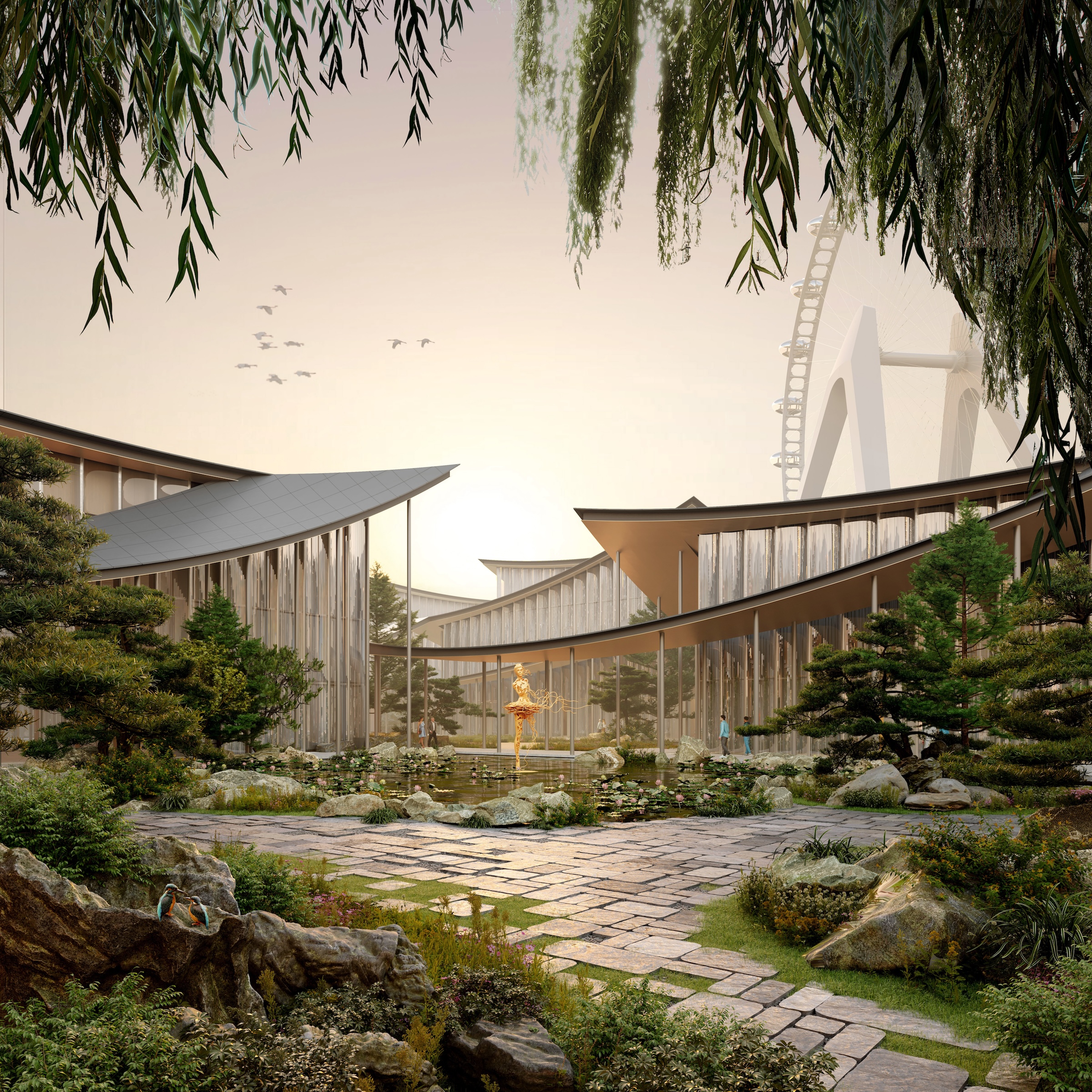The 60,000-sm Suzhou Museum of Contemporary Art in Suzhou, Jiangsu, China recently topped out. Designed by Bjarke Ingels Group (BIG), the museum is conceived as a village of 12 pavilions, offering a modern interpretation of the elements that have defined the city’s urbanism, architecture, and landscape for centuries.
The museum is part of the city’s development of Jinji Lake and reimagines the traditional garden ‘lang,’ a line that traces a path, framing gardens with outdoor art installations and coalescing as pavilions. The museum design showcases Suzhou’s garden tradition and takes visitors on a journey through art, nature, and water.
The museum’s main design element is the ribbon of the roof, which extends into a pattern of eaves that double as sheltered walkways through the site. Knots in the thread of walkways frame pavilions, and as a result, the museum’s architecture entwines through the landscape. The draping walkways further extend out into Jinji Lake, which can be appreciated from above on the Suzhou Ferris wheel.
Bjarke Ingels' design for the art museum connects the city to the lake
The overriding design concept is a Chinese garden of pavilions and courtyards. Individual pavilions are woven together by glazed galleries and porticoes, creating a network of interconnected sculpture courtyards and exhibition spaces. “Weaving between the Ferris wheel legs, the museum branches out like a rhizome, connecting the city to the lake,” says Bjarke Ingels, Founder and Creative Director, BIG – Bjarke Ingels Group.
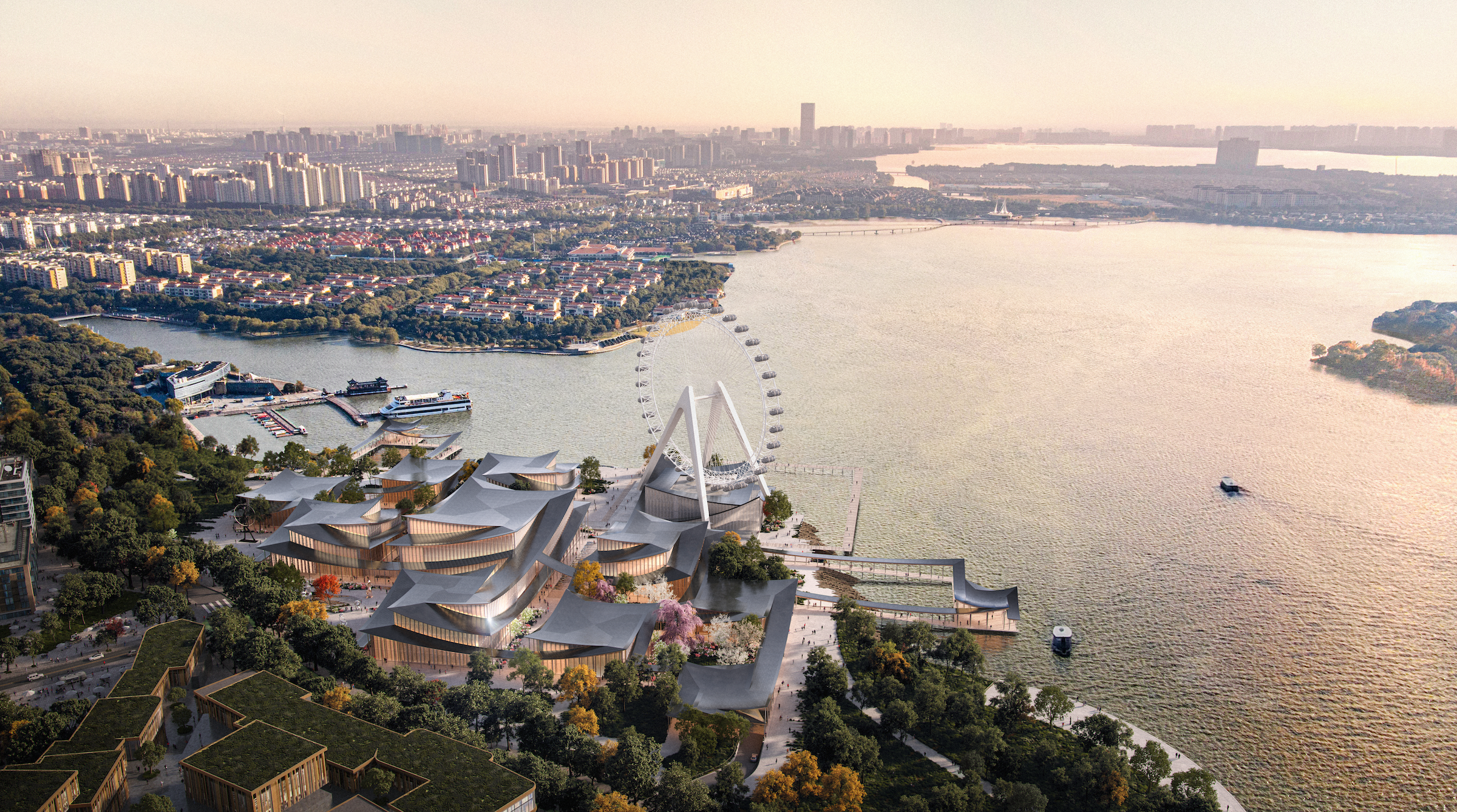
“The result is a manmade maze of plants and artworks to get lost within. Its nodular logic only becomes distinctly discernible when viewed from the Ferris wheel’s gondolas above,” Ingels adds. “Against the open space of the lake, the gentle catenary curvature of the roofs forms a graceful silhouette on the waterfront. Viewed from above, the stainless-steel roof tiles form a true fifth facade.”
Defined by sloping roof eaves, each pavilion’s façade is made of rippled and curved glass, as well as warm-toned stainless steel that reflects the garden colors. The pavilions are connected above and underground via bridges and tunnels, offering the museum flexibility to plan exhibition flow according to seasons and exhibited art pieces. The paths leading through the site will be covered with natural stone.
Arriving at the museum, the visitor will be faced by an expansive, welcoming plaza in front of the visitor center—the entry point to the museum. From there, visitors will be able to proceed inside or along the exterior, through the gardens and to the water bank. Visitors can follow a continuous path through the museum’s interior or wander depending on the aim or weather conditions of the visit. The facility will also house a theater in one of its pavilions.
The museum is scheduled for completion in 2025.
Client: Suzhou Harmony Development Group Co. Ltd
Design Architect: BIG – Bjarke Ingels Group
Architect of Record: ARTS Group
MEP Engineer: ARTS Group
Structural Engineer: ARTS Group
General Contractor/Construction Manager: Suzhou Erjian
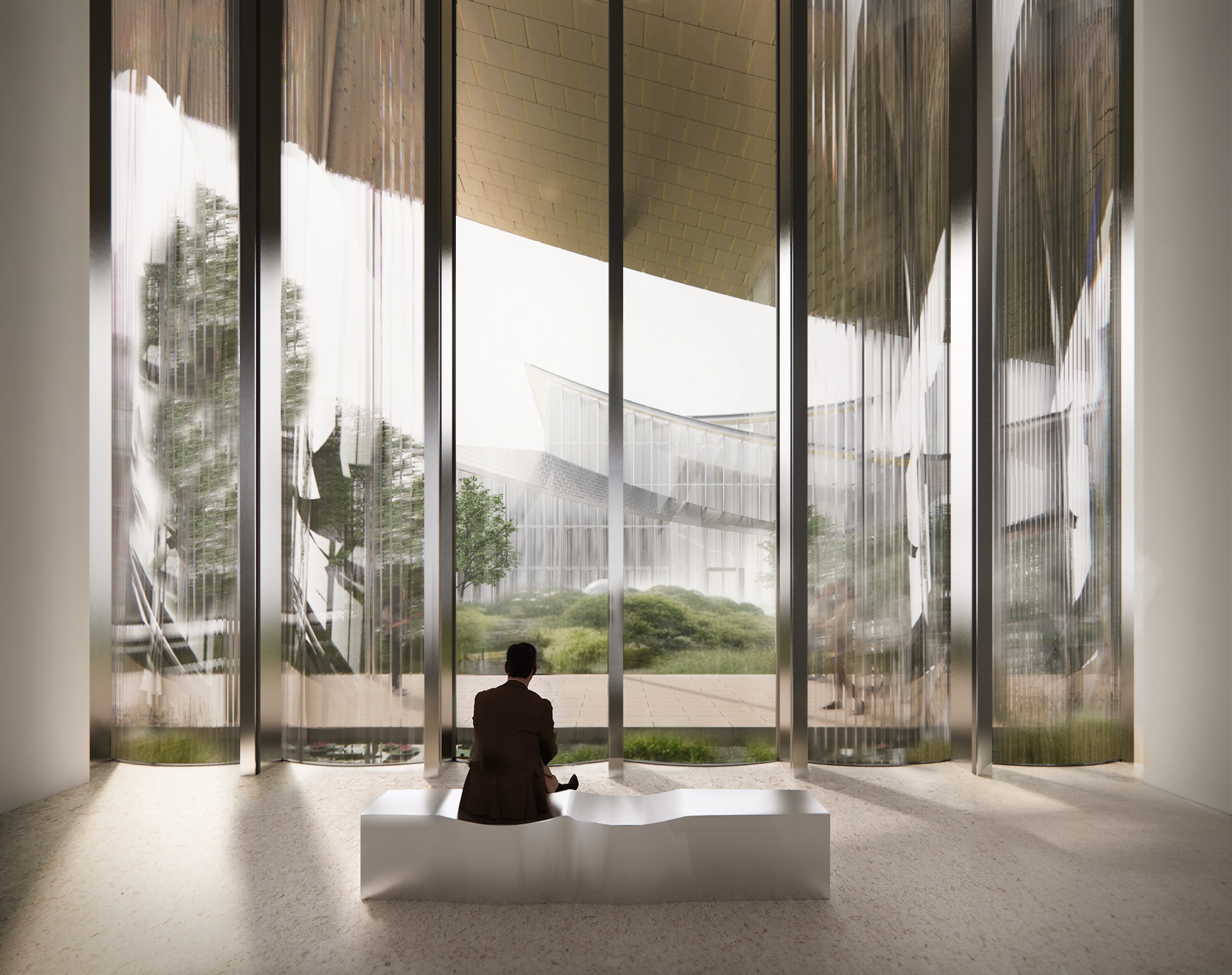
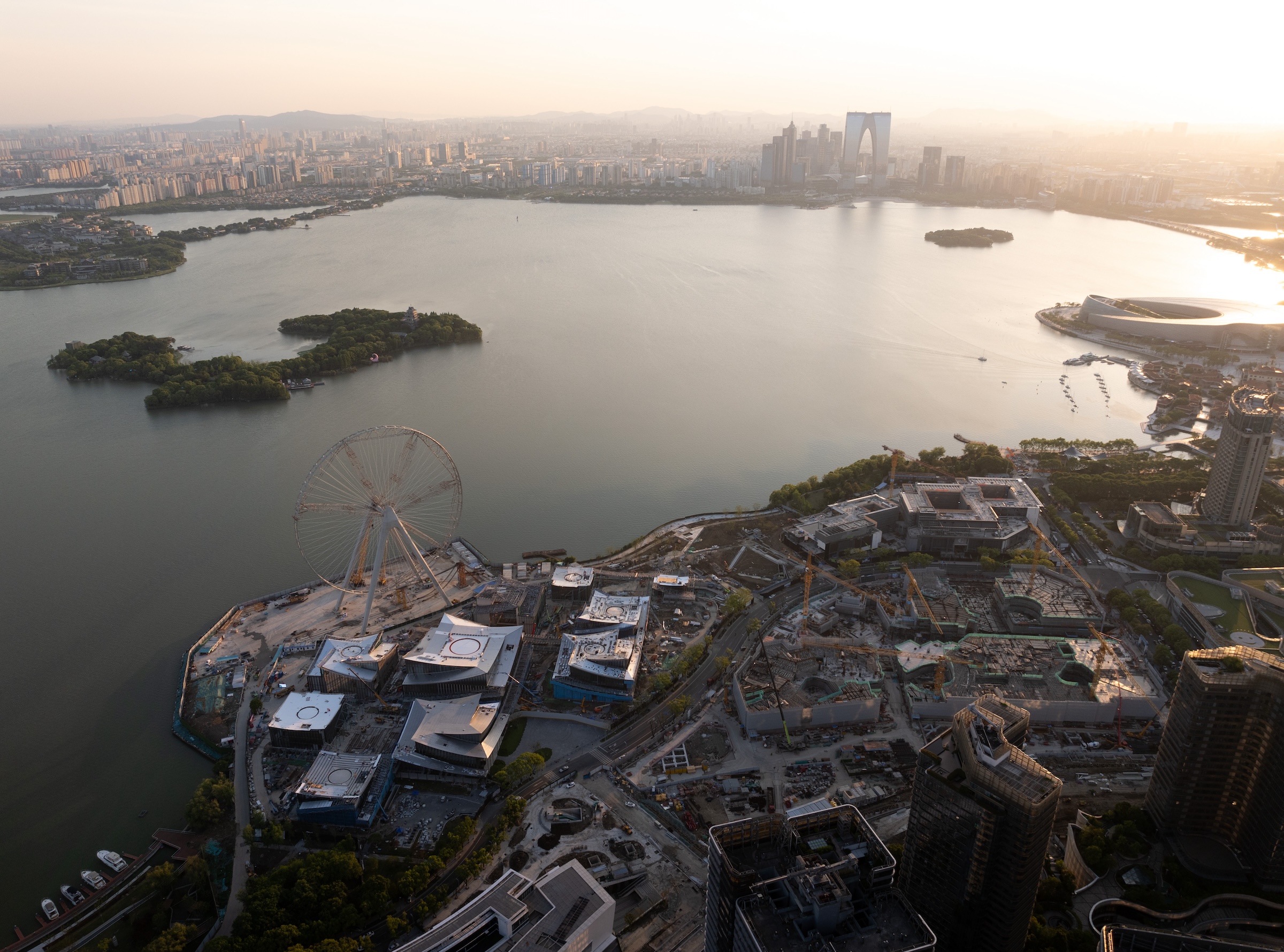
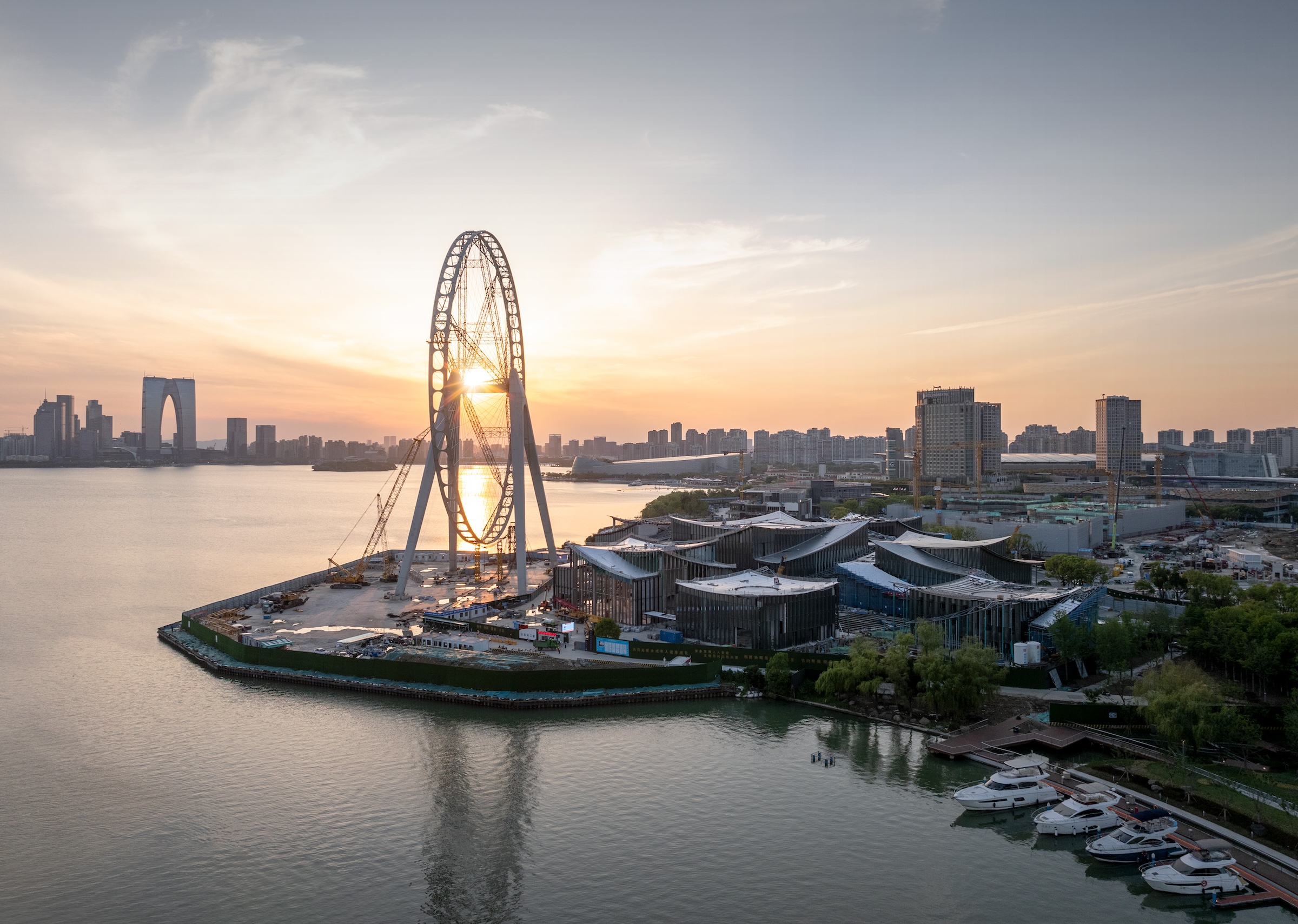

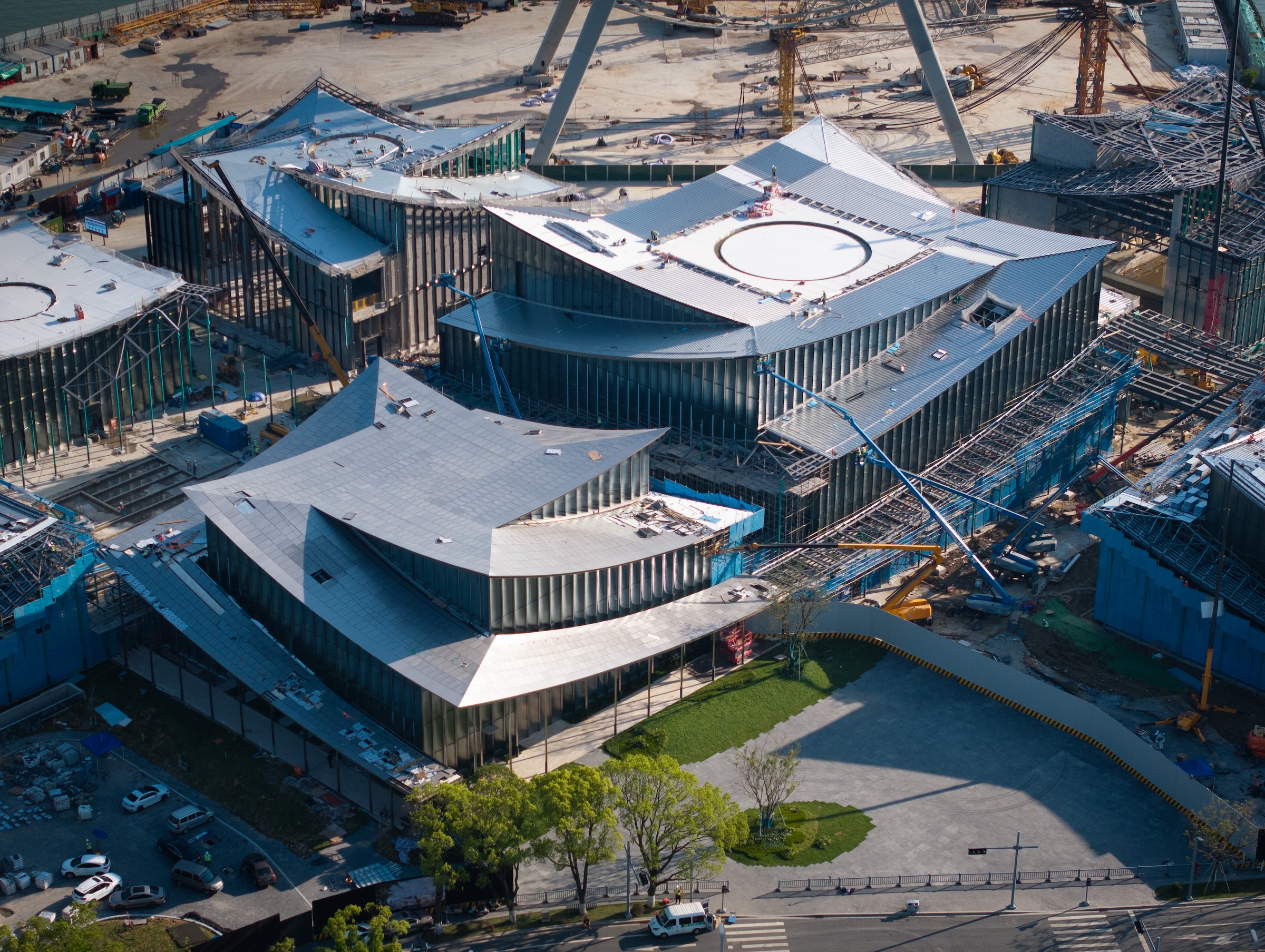
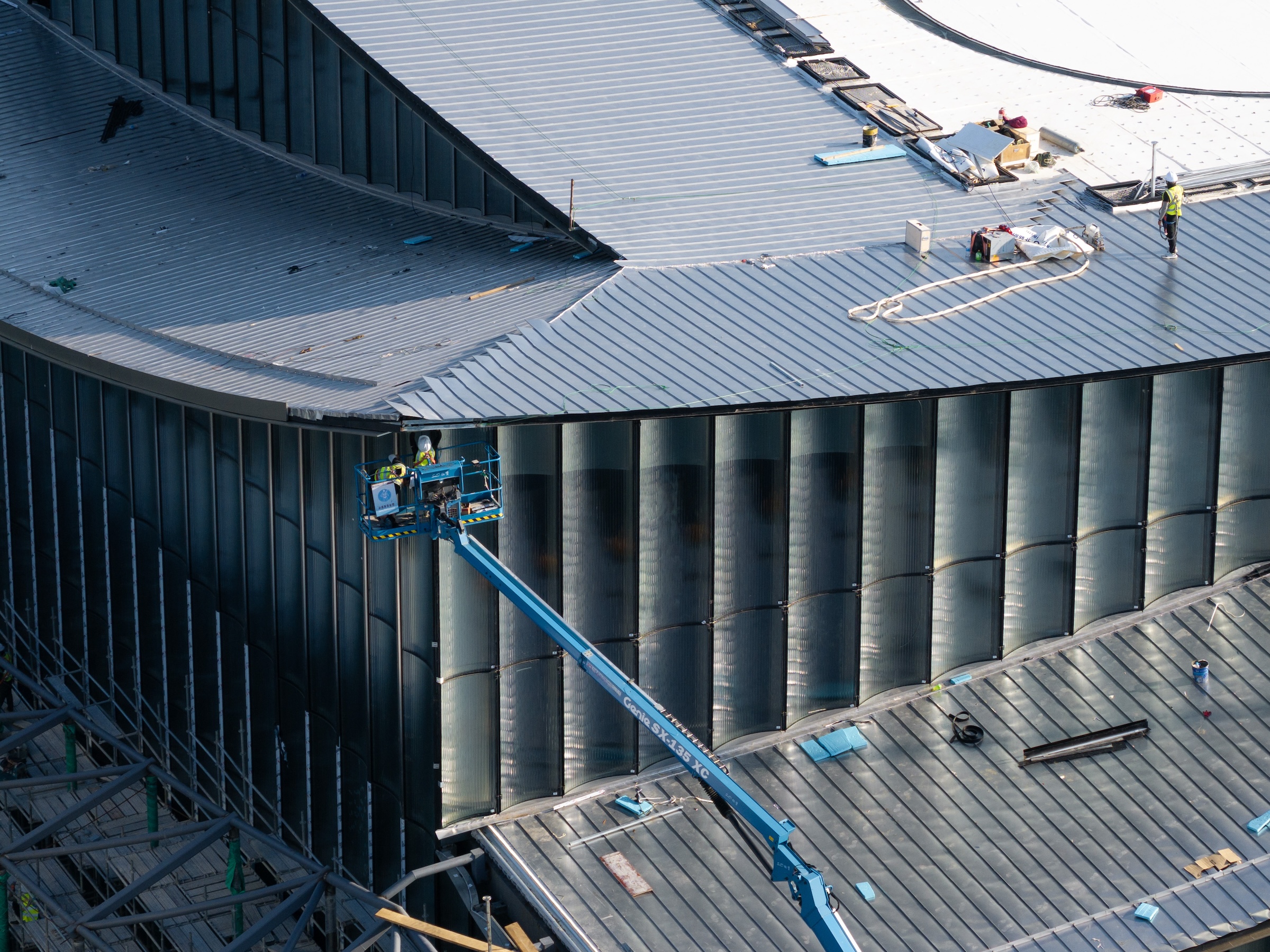
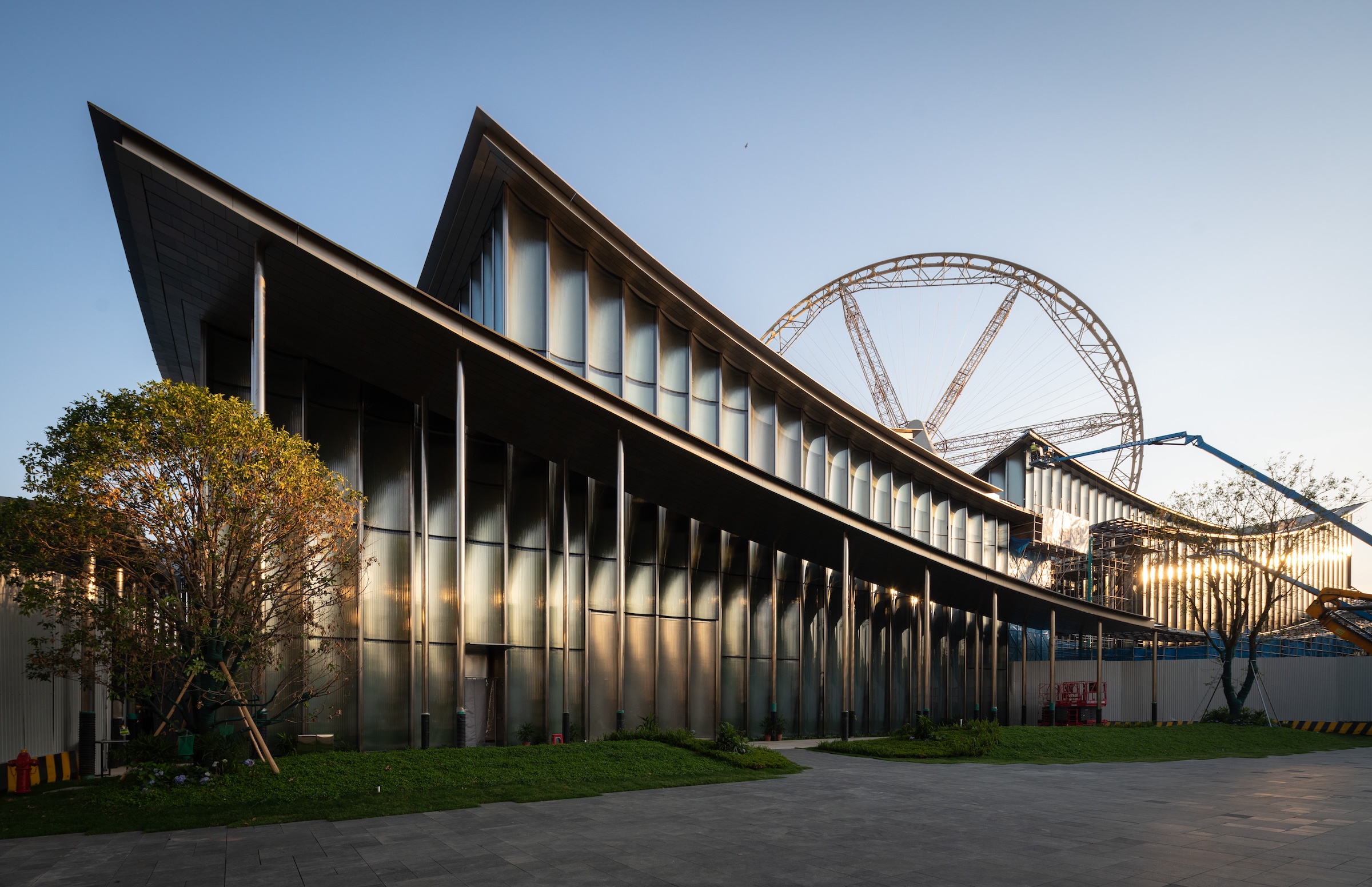

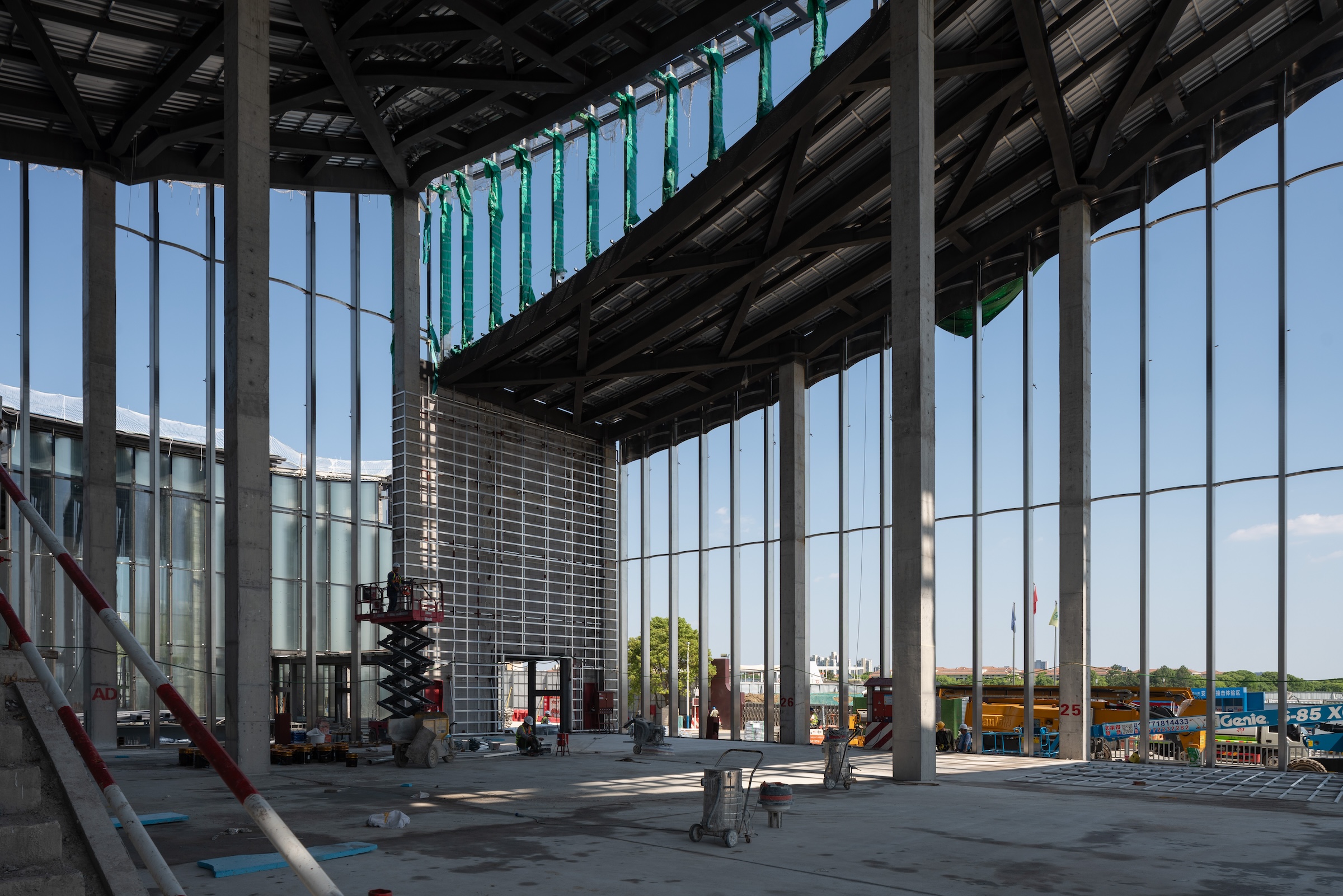
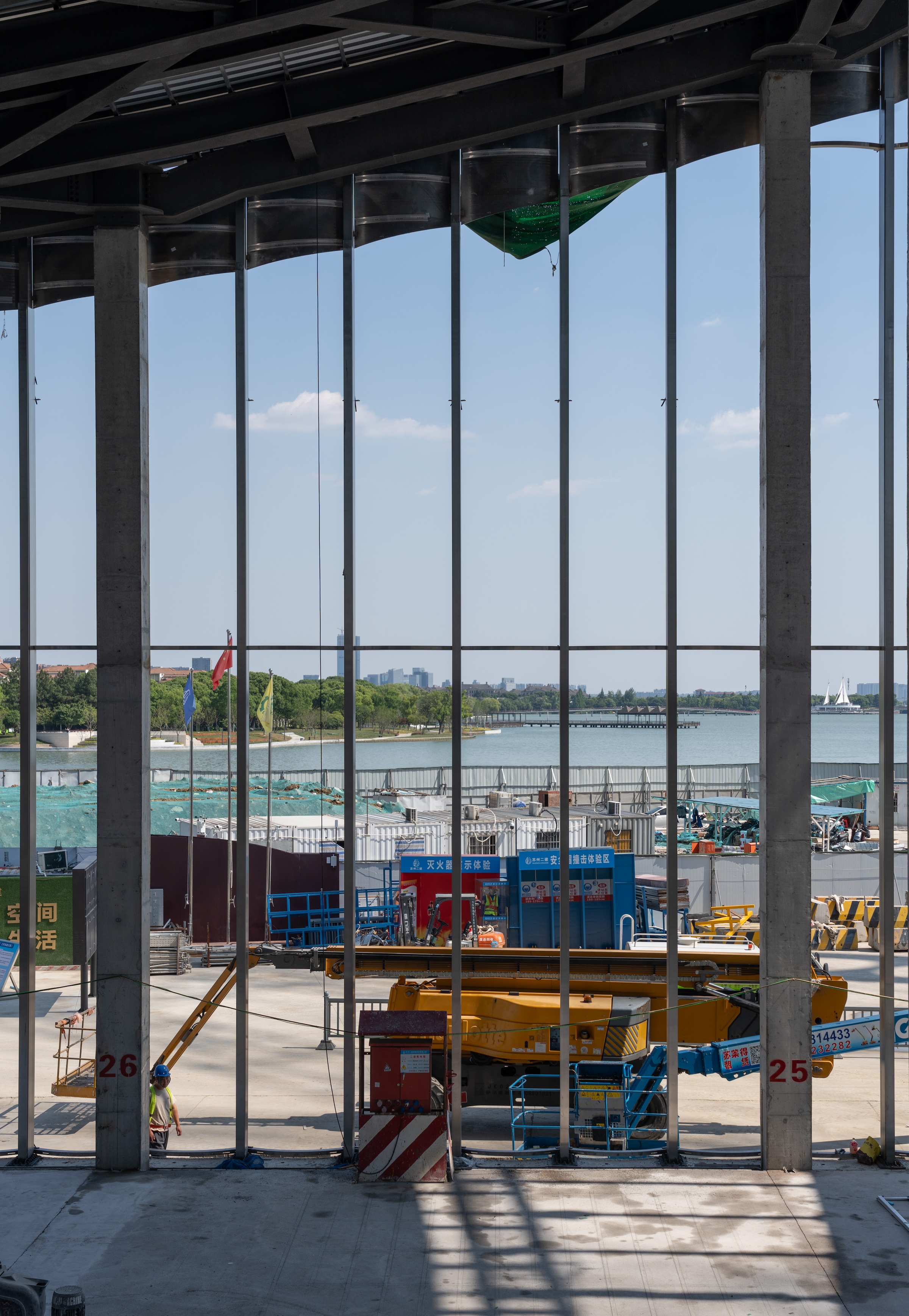
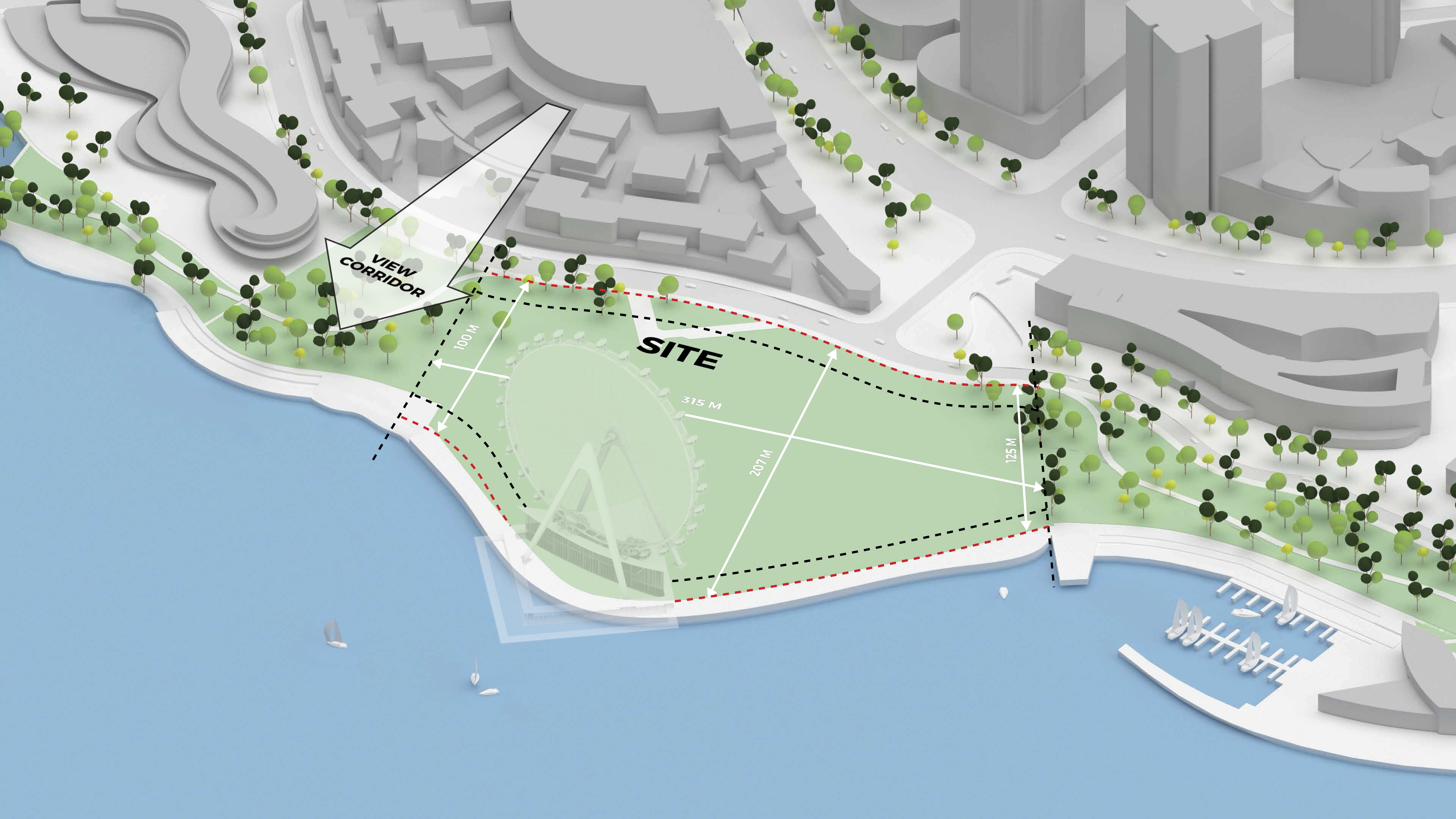
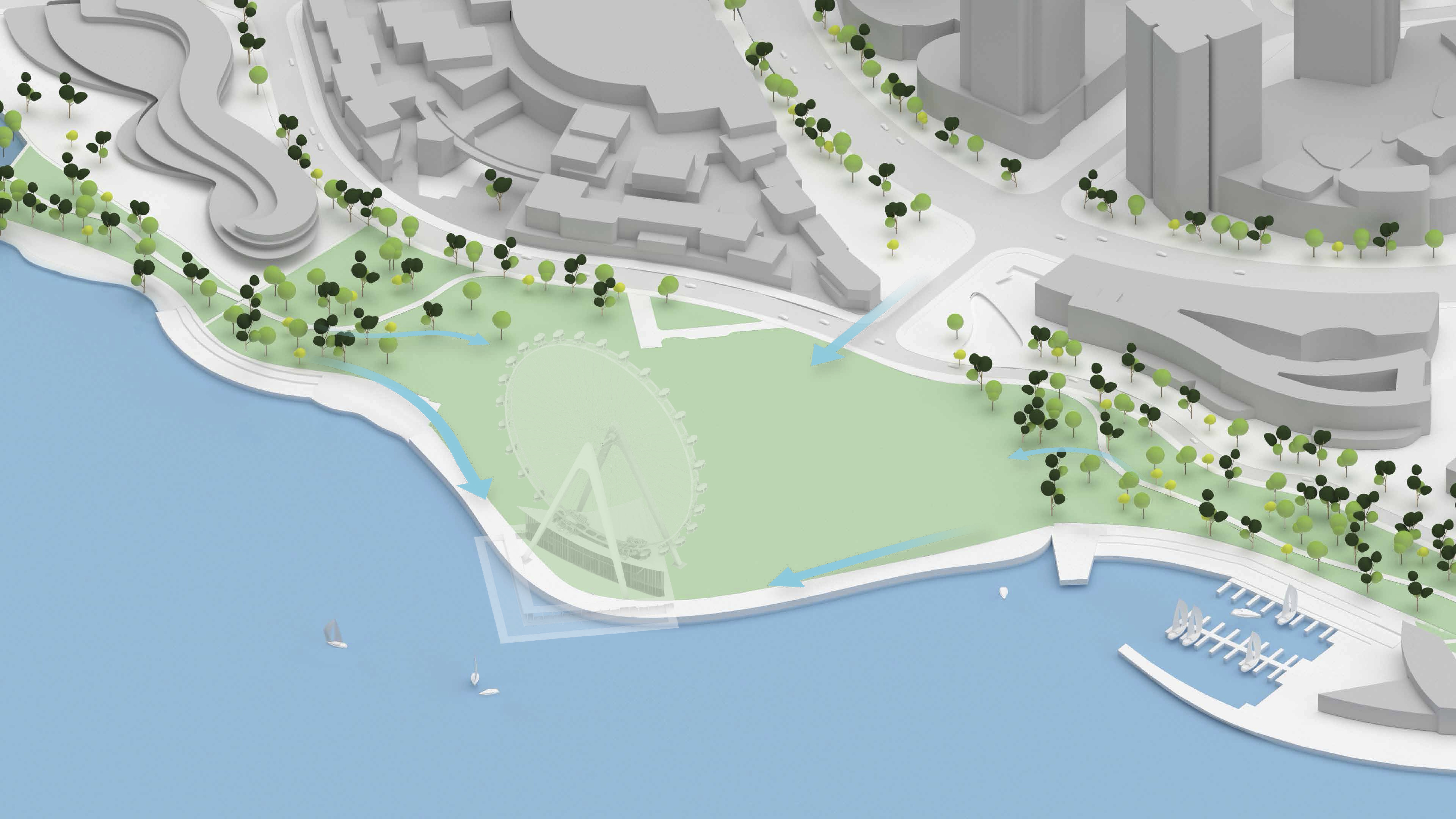
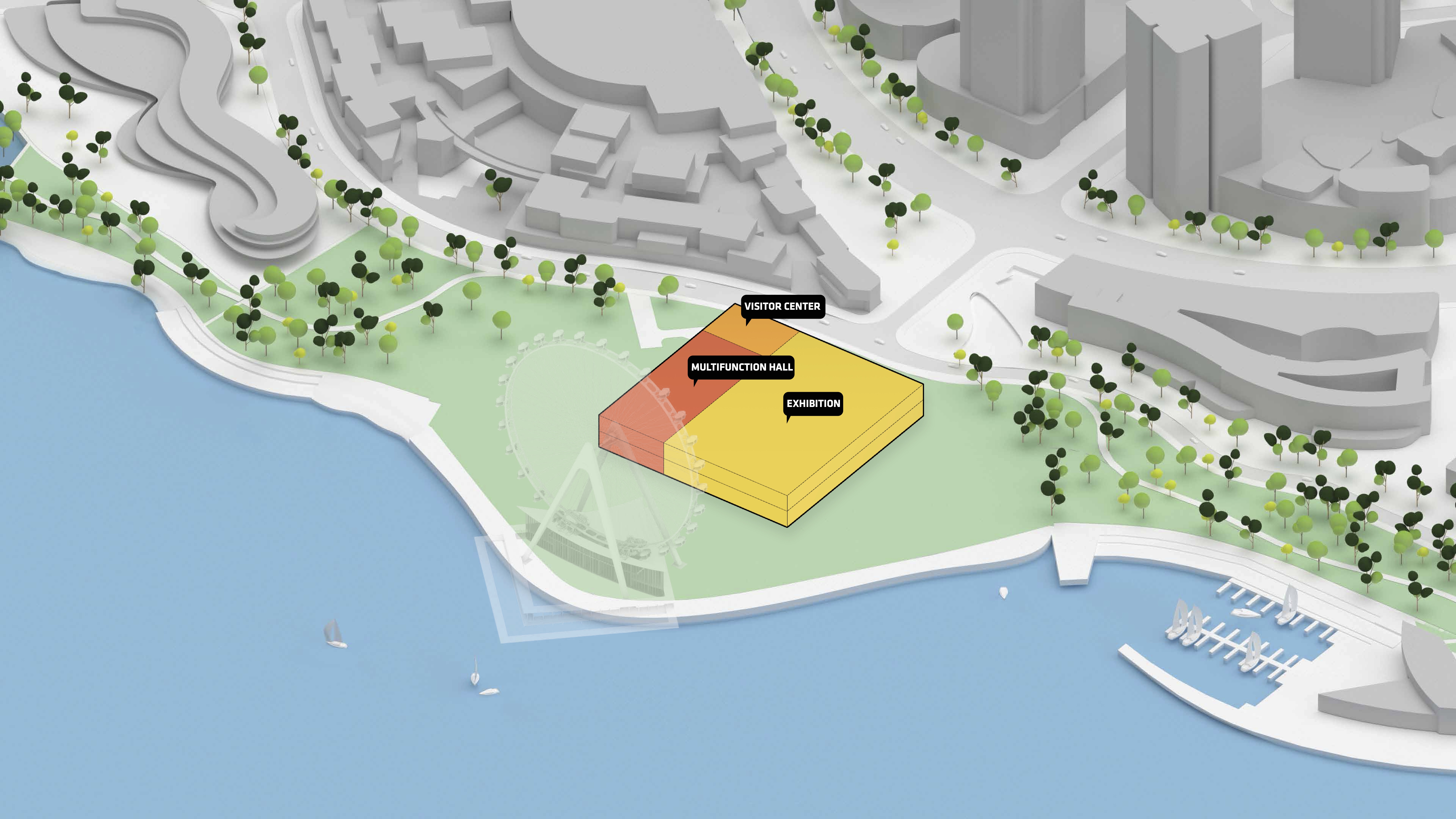

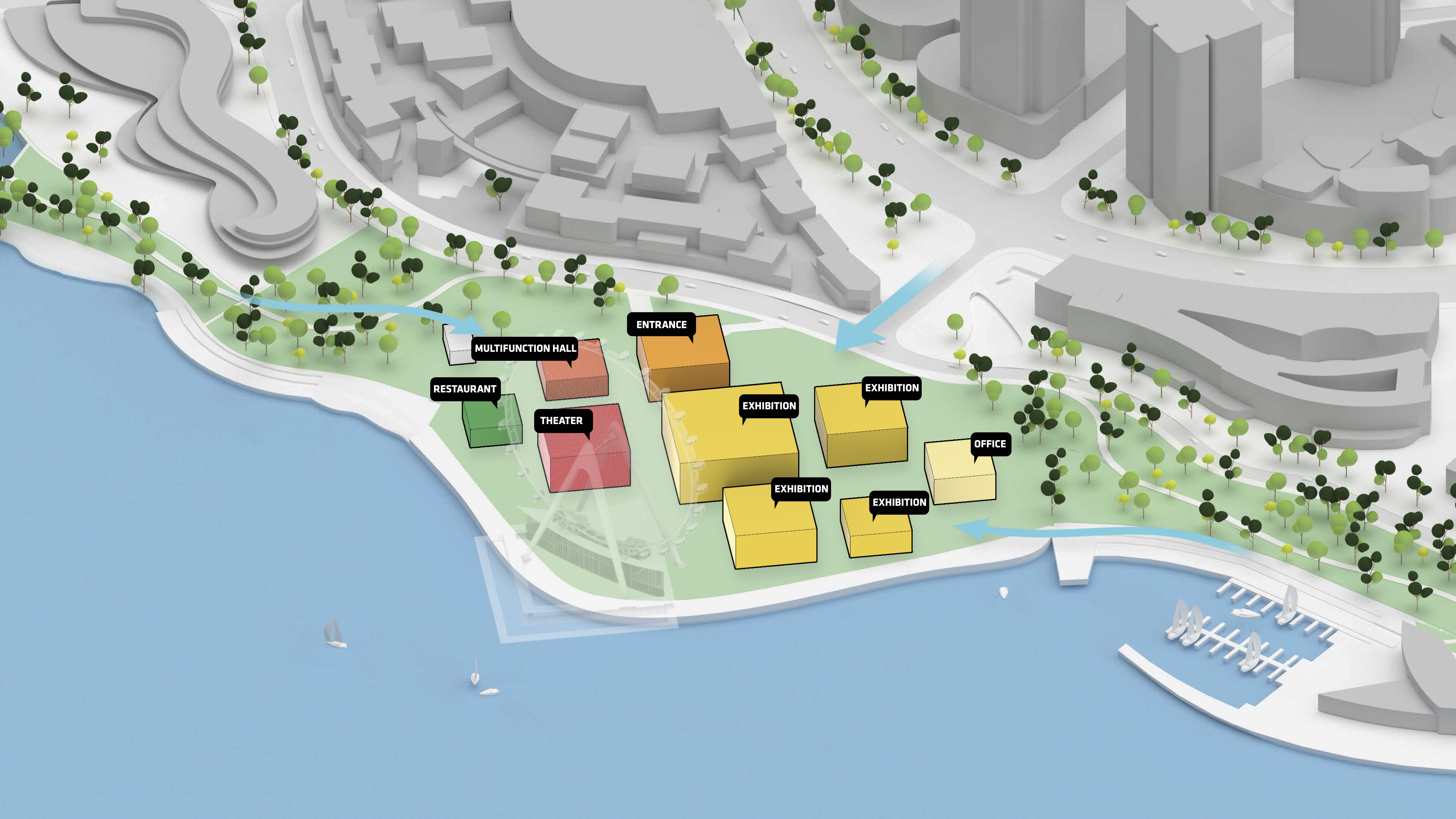
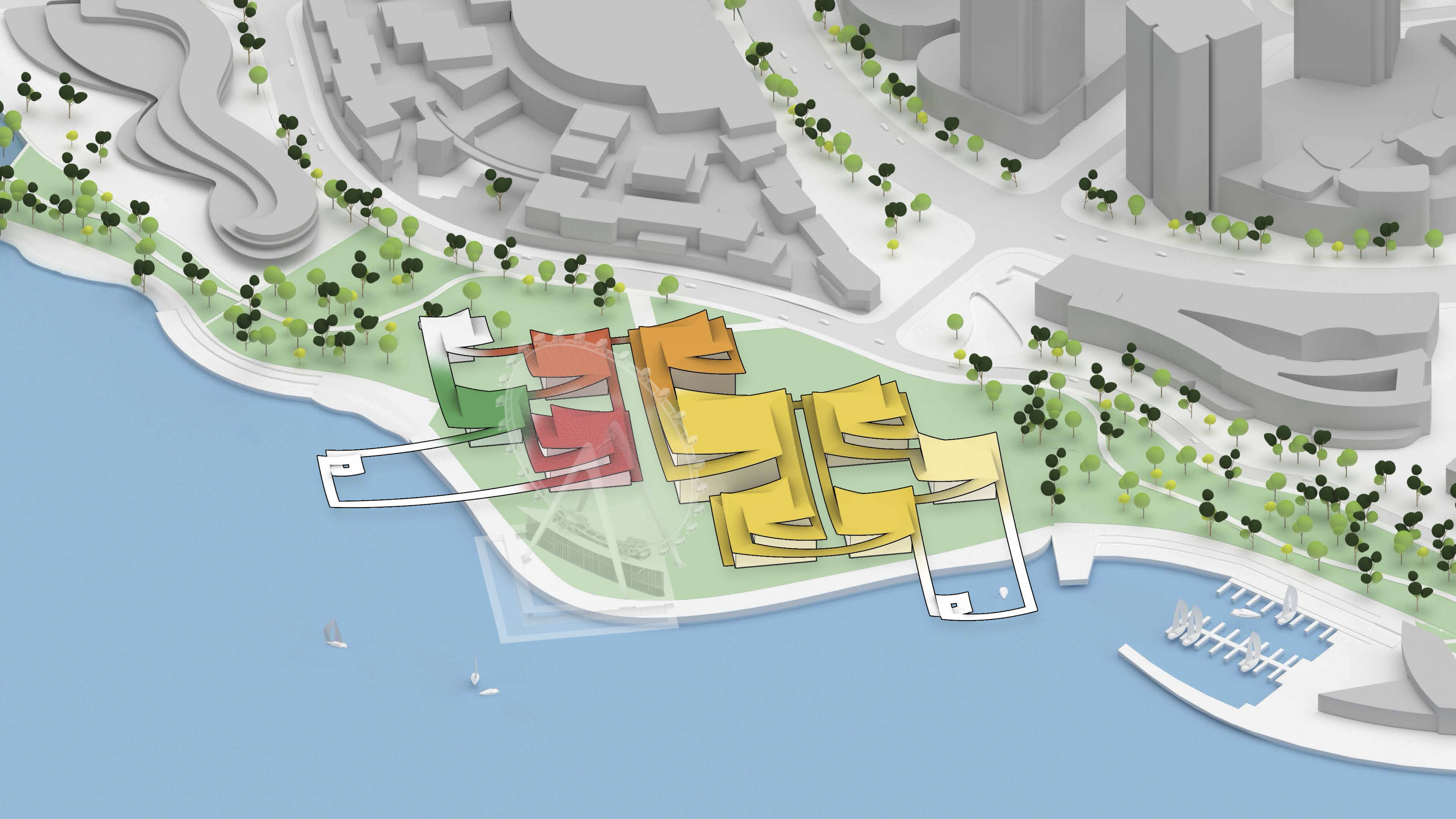
Related Stories
| Aug 11, 2010
Museum celebrates African-American heritage
The Harvey B. Gantt Center for African-American Arts + Culture recently completed construction on the Wells Fargo Cultural Campus in Charlotte, N.C. Designed by the Freelon Group, Durham, N.C., with Batson-Cook's Atlanta office as project manager, the $18.8 million project achieved nearly 100% minority participation.
| Aug 11, 2010
Design for Miami Art Museum triples gallery space
Herzog & de Meuron has completed design development for the Miami Art Museum’s new complex, which will anchor the city’s 29-acre Museum Park, overlooking Biscayne Bay. At 120,000 sf with 32,000 sf of gallery space, the three-story museum will be three times larger than the current facility.
| Aug 11, 2010
Thom Mayne unveils ‘floating cube’ design for the Perot Museum of Nature and Science
Calling it a “living educational tool featuring architecture inspired by nature and science,” Pritzker Prize Laureate Thom Mayne unveiled the schematic designs and building model for the Perot Museum of Nature & Science at Victory Park in Dallas. The $185 million, 180,000-sf structure is 170 feet tall—equivalent to approximately 14 stories—and is conceived as a large...
| Aug 11, 2010
Piano's 'Flying Carpet'
Italian architect Renzo Piano refers to his $294 million, 264,000-sf Modern Wing of the Art Institute of Chicago as a “temple of light.” That's all well and good, but how did Piano and the engineers from London-based Arup create an almost entirely naturally lit interior while still protecting the priceless works of art in the Institute's third-floor galleries from dangerous ultravio...
| Aug 11, 2010
The Art of Reconstruction
The Old Patent Office Building in Washington, D.C., completed in 1867, houses two Smithsonian Institution museums—the National Portrait Gallery and the American Art Museum. Collections include portraits of all U.S. presidents, along with paintings, sculptures, prints, and drawings of numerous historic figures from American history, and the works of more than 7,000 American artists.
| Aug 11, 2010
Silver Award: Please Touch Museum at Memorial Hall Philadelphia, Pa.
Built in 1875 to serve as the art gallery for the Centennial International Exhibition in Fairmount Park, Memorial Hall stands as one of the great civic structures in Philadelphia. The neoclassical building, designed by Fairmount Park Commission engineer Hermann J. Schwarzmann, was one of the first buildings in America to be designed according to the principles of the Beaux Arts movement.


